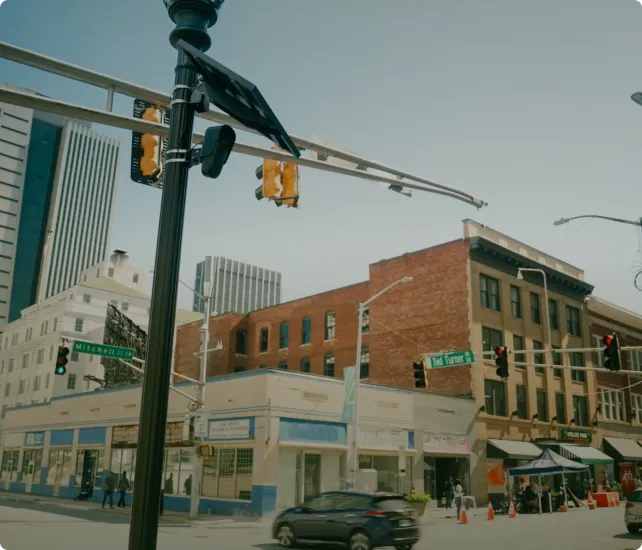
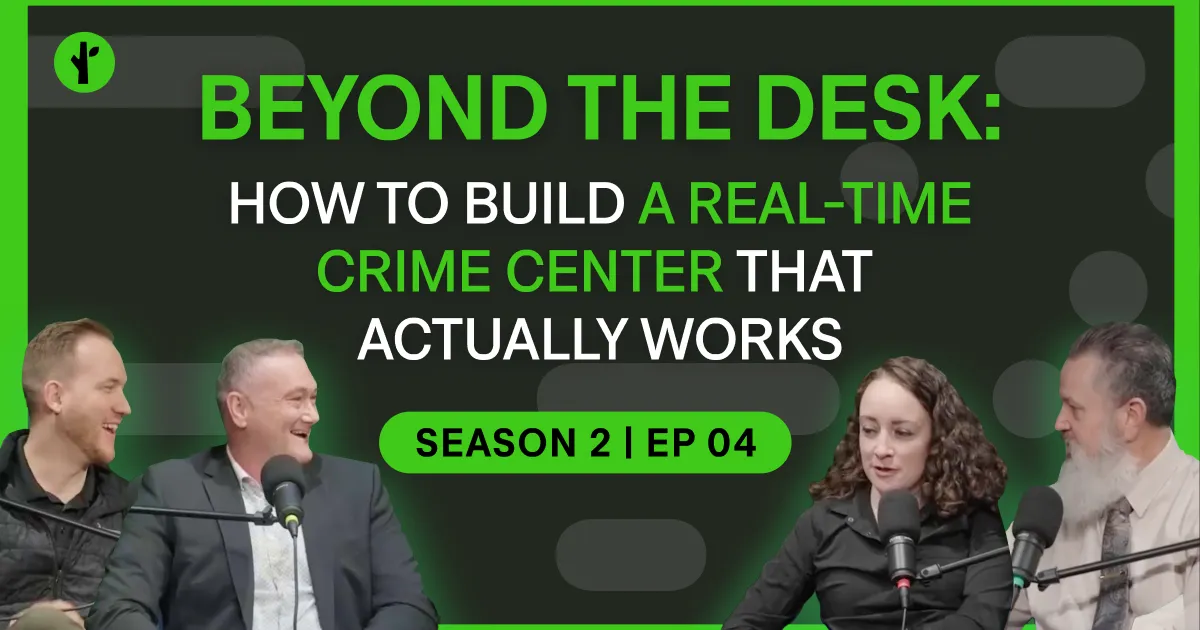

Real Time Crime Centers (RTCCs) have become a focal point in modern policing, enabling proactive, informed response and intelligence-led operations. But building one isn’t as simple as throwing together a few screens and radios. In this episode of our podcast, we brought together industry experts from Fountainhead Control Rooms and Constant Technologies to explore what it really takes to build a functional, and sustainable, RTCC.
Start with the Mission, Not the Monitor Wall
It’s tempting to dive straight into building the most high-tech space money can buy. But as our guests pointed out, the first question should always be: What is this room going to do?
Sean Arthur, a retired lieutenant and RTCC veteran from Collier County, FL, emphasized the importance of defining the mission before even thinking about the room layout. “Are you going to watch cameras, run special events, or conduct crime analysis? That should drive everything—from the staffing plan to the software.”
Noah White of Fountainhead Control Rooms echoed this sentiment.
“Don’t overbuild or underbuild. Let the operations and objectives determine the physical design, not the other way around.”
Form Follows Function… But Looks Still Matter
While function should always come first, aesthetics play a critical role in RTCC design too, especially when the center is publicly funded.
“In dispatch, everything was built for utility,” said co-host Caity Peak. “But in an RTCC, the room itself becomes a showpiece. You’re giving tours to city council members and community groups.”
Noah put it plainly: “When you go to residents and ask for tax dollars, you better have something to show for it. That means a space that looks the part: sleek, professional, and impressive.”
Don’t DIY Your Way into a Corner
Many agencies start with a table, a chair, and a radio—and that’s okay for proof of concept. But when it’s time to scale up, it’s critical to bring in experts.
Jamie Hudson admitted to once telling people all you need for real-time policing is “a computer, a desk, a radio, and a person.” While that’s still technically true, the evolution of RTCCs has proven the value of purpose-built environments.
Both Noah and Sean stressed that vendors like theirs are not just selling gear. They’re partners in planning and execution.
“The worst thing you can do is build out a center with grant money and then realize you don’t actually have a mission for it,” said Sean. “Or that you can’t sustain the software costs year over year.”
Common Pitfalls: Overbuilding, Underplanning, and Misaligned Expectations
Many agencies receive grant money and feel the pressure to spend it quickly. That can lead to overbuilding—gigantic video walls, unnecessary workstations, and noncompliant tech.
“There’s always a temptation to max out the budget just because it’s there,” Noah warned. “But we have to be good stewards of public funds. Sometimes that means telling a chief or sheriff, ‘You don’t need a video wall the size of a football field.’”
One of the biggest challenges? Lack of funding or the misconception that once grant money arrives, the path is clear. “Even with the funds, procurement takes time. Government moves slowly,” said Sean.
The Real Value: Culture, Confidence, and Community Trust
When designed correctly, an RTCC is more than a room. It’s a culture builder. It gives staff pride in their work, fosters transparency, and becomes a symbol of the department’s investment in safety and innovation.
“Even something small, like adding confidence monitors, can make a huge difference,” Jamie said. “It’s not about flash; it’s about creating a space that supports your mission and your people.”
What Should Agencies Do First?
Before reaching out to a vendor, both companies recommend starting with these steps:
- Define the mission: What will the RTCC actually do day-to-day?
- Assess the space: What kind of room do you have, and what are its constraints?
- Evaluate staffing: Will this be sworn officers, civilians, analysts, dispatchers or a mix?
- Plan for sustainability: Understand the recurring costs of software, hardware maintenance, and training.
- Engage with others: Take tours, talk to peers, and get advice from those who’ve built RTCCs before.
Competitors with a Common Cause
Despite representing two competing firms, both guests agreed on one thing: building a great RTCC means putting the agency’s needs first.
As Jamie closed out the episode,
“These companies might compete for the same projects, but they’re both aligned in mission. They care about doing it right.”
If your agency is exploring a real time center build, make sure to visit both Fountainhead Control Rooms and Constant Technologies at the National RTCC Association Conference in Cobb County this September.
🎙️ Don’t forget to subscribe for more behind-the-scenes insights from public safety leaders across the country.





Contact us
Discover how communities across the country are using Flock to reduce crime and build safer neighborhoods.

.webp)
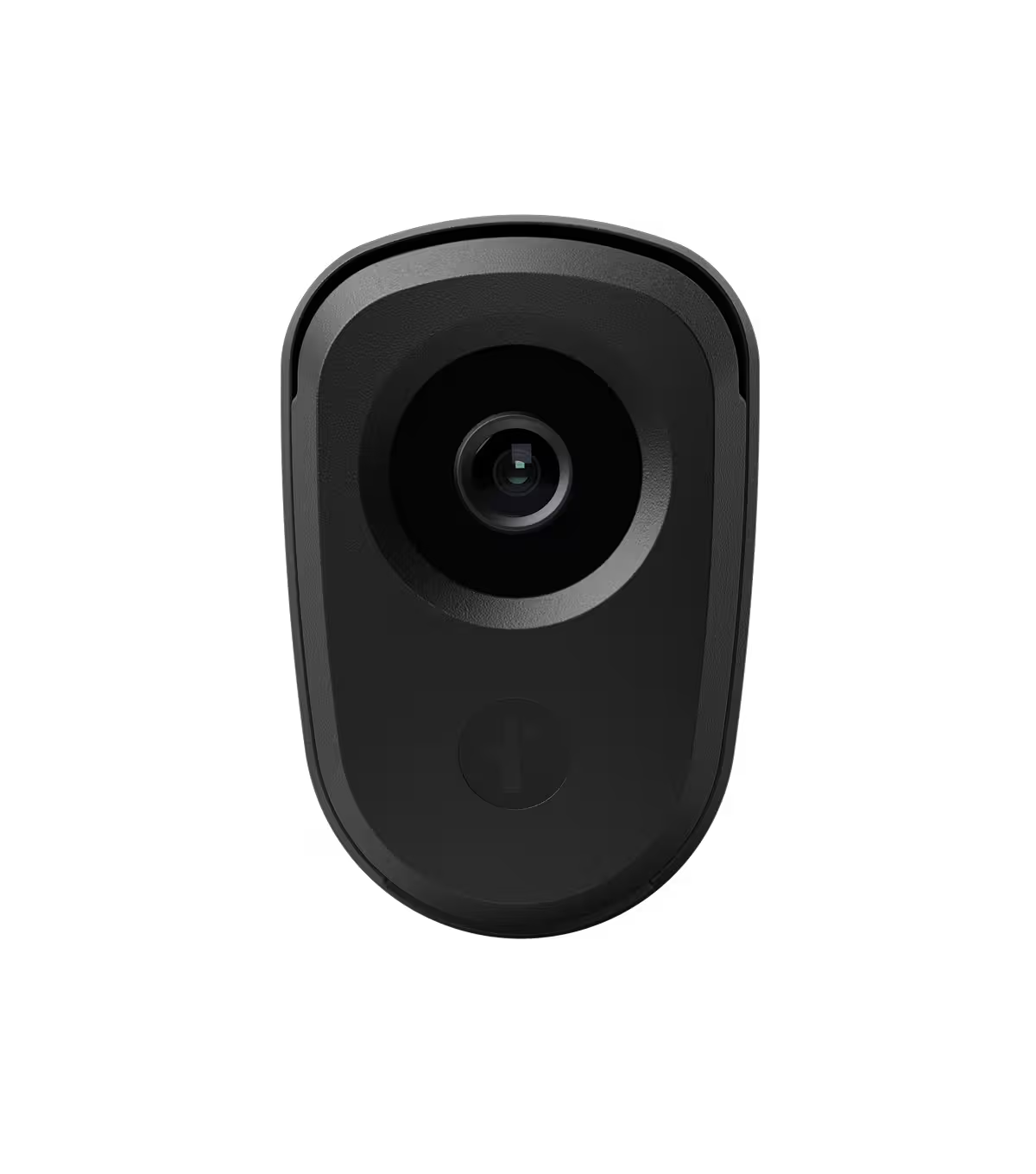

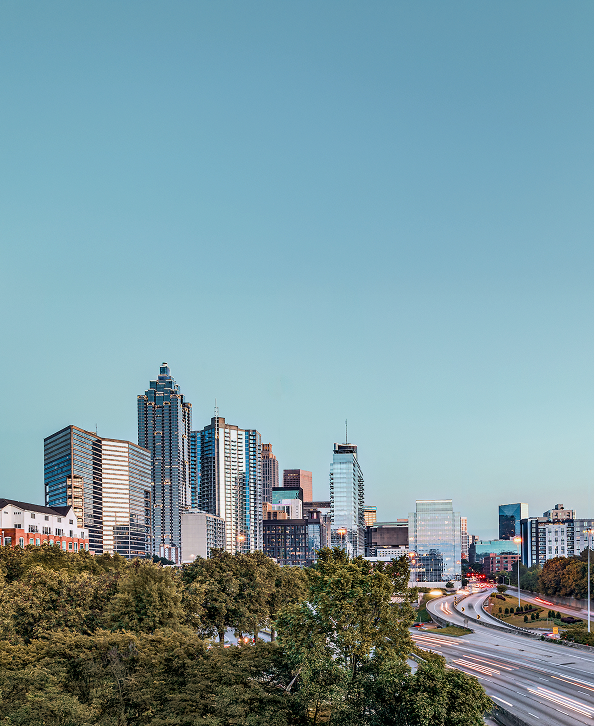
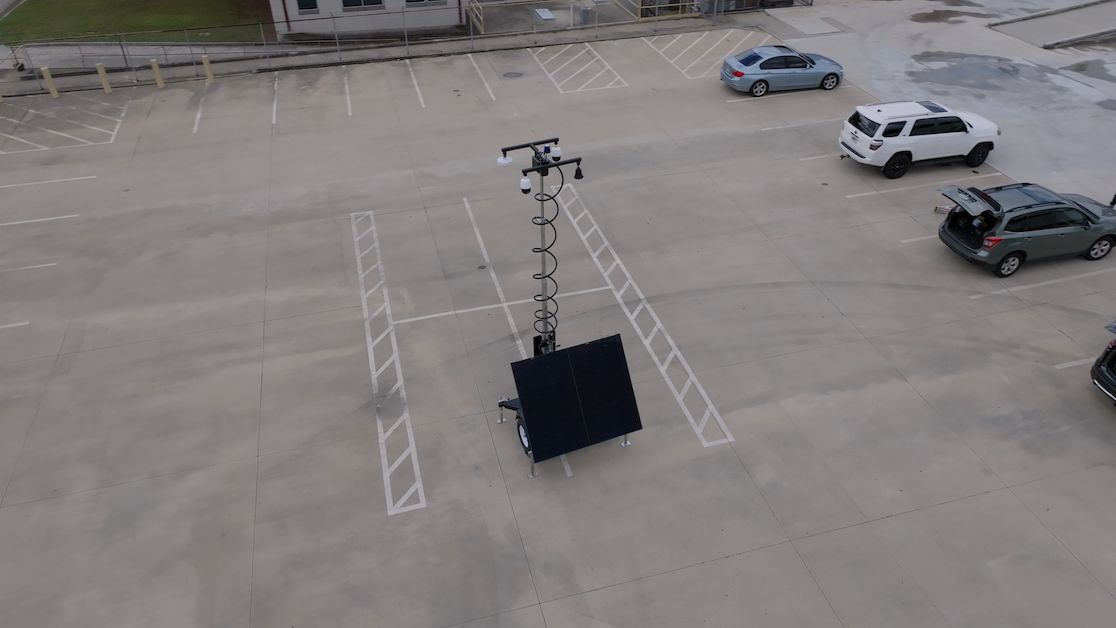
.webp)

